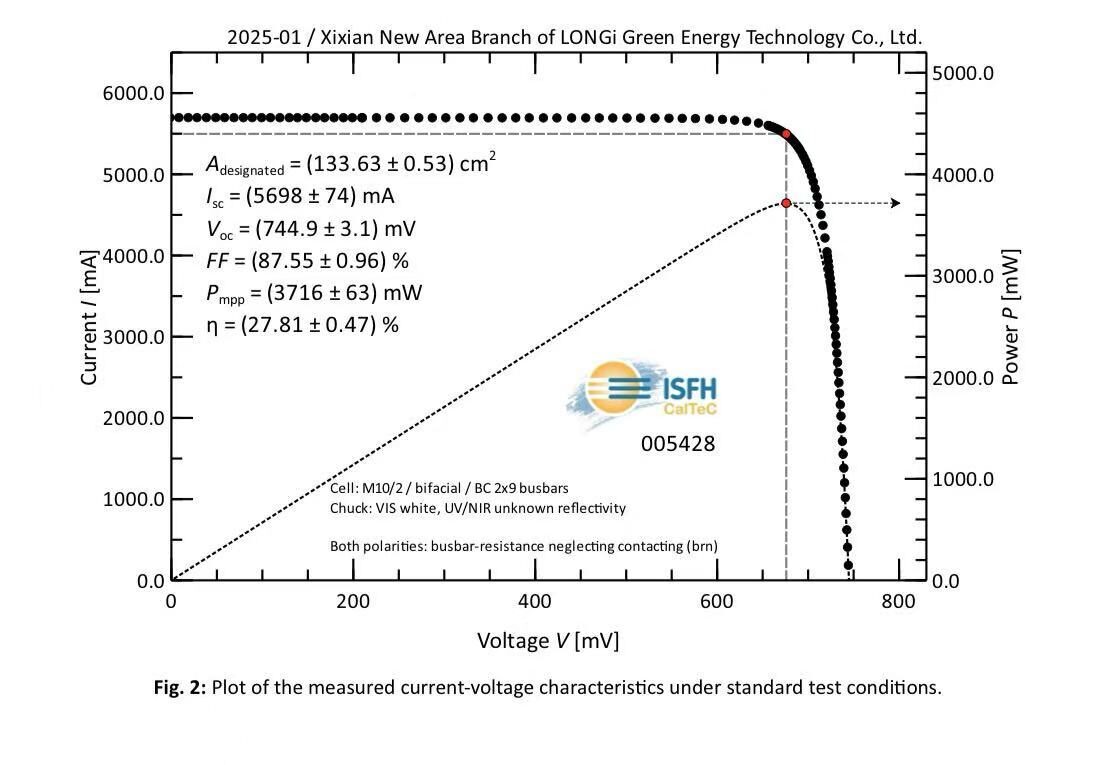The amount of installed solar power operating in the Norwegian-Swedish electricity certificate system has increased considerably over the past three years, thanks to a surge in new installations especially in the Swedish renewable energy market.
According to provisional figures provided to pv magazine by Johan Lindahl, which is responsible for writing the IEA-PVPS report about the Swedish PV market, the installed capacity of the PV systems connected to the Swedish grid that have received approval to operate in this market has increased from 49.1 MW at the end of 2015 to 94.3 MW at the end of last year. At the end of 2014 and 2013, the PV capacity approved for the electricity certificate system was 24.1 MW and 10.9 MW, respectively.
The number of produced certificates from solar systems per year increased from 24,544 MWh in 2015 to 45,467 MWh in 2016, while the number of produced certificates eligible kWh per installed power and year grew year-on-year from 499.1 kWh/kW to 537.4 kWh/kW.
According to Lindahl, around 24% of the electricity produced from PV in Sweden currently receives certificates. The Swedish PV expert claims there are several reasons which have prevented PV from taking advantage of the electricity certificate system, and why PV system owners refrain from applying. One of the main reasons, Lindahl said, is that several PV system owners believe that the income provided by the certificate scheme is not worth the required extra administrative burden.
“Another reason for this,” Lindahl explains, “is that the meter that registers the electricity produced by a PV system is often placed at the interface between the building and the grid. This has the consequence that it is only excess production from a PV system that generates certificates and the solar electricity that is self-consumed internally in the building is not awarded any certificates.”
PV system owners, however, may get the certificates on both the excess electricity and on the self-consumed electricity. But to get them also on the self-consumed part an investment in an extra meter that registers self-consumption is needed, and this investment, especially for small-sized installations, in not negligible.
The Norwegian-Swedish joint electricity certificate system for renewable energies received a new push in April, after the governments of Sweden and Norway agreed to extend it through 2030.
The two countries, which have had a common electricity certificate market for renewable energies since January 2012, reached a compromise that will allow Sweden to add a further 18 TWh of capacity and Norway to add new projects to the scheme only by 2021. Sweden and Norway started to disagree on the future of the program last year, with the first asking for an extension and the second seeking to leave the scheme.
Electricity Certificates, both Swedish and Norwegian, are traded on the Nord Pool exchange with the price agreed between purchasers and sellers. The two countries release tradable certificates to renewable energy producers for every MWh they generate for the first 15 years of a power generator’s lifetime. The scheme is managed by the Norwegian Water Resources and Energy Directorate (NVE) and the Swedish Energy Agency.
According to the latest statistics available, Sweden had around 140 MW of installed PV capacity at the end of 2016, while Norway had only 11 MW of solar connected to its power network.
This content is protected by copyright and may not be reused. If you want to cooperate with us and would like to reuse some of our content, please contact: editors@pv-magazine.com.




By submitting this form you agree to pv magazine using your data for the purposes of publishing your comment.
Your personal data will only be disclosed or otherwise transmitted to third parties for the purposes of spam filtering or if this is necessary for technical maintenance of the website. Any other transfer to third parties will not take place unless this is justified on the basis of applicable data protection regulations or if pv magazine is legally obliged to do so.
You may revoke this consent at any time with effect for the future, in which case your personal data will be deleted immediately. Otherwise, your data will be deleted if pv magazine has processed your request or the purpose of data storage is fulfilled.
Further information on data privacy can be found in our Data Protection Policy.